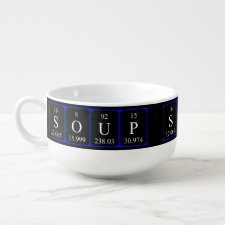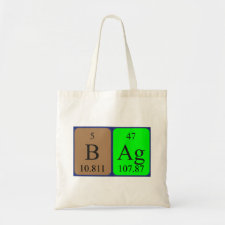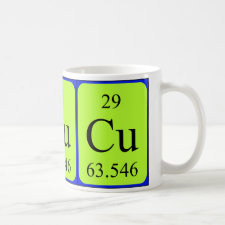Authors: Mahmoud ME, Nabil GM, Abdel-Aal H, Fekry NA, Osman MM
Article Title: Imprinting "Nano-SiO2-Crosslinked Chitosan-Nano-TiO2" Polymeric Nanocomposite for Selective and Instantaneous Microwave-Assisted Sorption of Hg(II) and Cu(II).
Publication date: 2018
Journal: ACS Sustainable Chemistry & Engineering
DOI: 10.1021/acssuschemeng.7b03215
Abstract: An imprinting polymeric nanocomposite-like structure was synthesized by bonding crosslinked chitosan to nano-SiO2 and nano-TiO2 simultaneously via bifunctional glutaraldehyde linker. The structure of this "nano-SiO2-crosslinked chitosan-nano-TiO2" nanocomposite was confirmed and characterized by Fourier transform infrared (FT-IR) spectroscopy, X-ray diffraction (XRD), and thermogravimetric analysis (TGA). The surface area (6.47 cm3 g-1), porosity (0.193 cm3 g-1), and particle size (14-40 nm) were confirmed from scanning electron microscopy (SEM) studies, high-resolution transmission electron microscopy (HR-TEM) studies, and surface area measurements. This nanocomposite announced selective and enhanced sorption for Hg and Cu ions with high performance using microwave techniques. Different factors that affected the metal sorption capacity were monitored, including microwave-contact time, pH, nanocomposite dosage, temperature, and initial metal concentration. Maximum capacity values of 8000 and 4000 μmol g-1 for mercury and copper, respectively, were observed at pH 6 using only 20 s. Standard thermodynamic parameters were also calculated and perfectly referred to spontaneous sorption operations. The sorption of divalent mercury and copper were successfully explained by three isotherm models - Langmuir, Freundlich, and Dubinin-Radushkevich (D-R)-showing favorable operations. The nanocomposite maintained its selectivity and sorption power for mercury and copper, even in the presence of other interfering ions. Microwave-assisted techniques achieved fast effective operations for the extraction of mercury (with 98.0%-99.5%) and copper (with 94.4%-96.6%) from different water samples
Author keywords: Cross-linked chitosan, imprinting, Nano-SiO2, Nano-TiO2, Nanocomposite, Solid phase extraction



Join the Society for Molecular Imprinting

New items RSS feed
Sign-up for e-mail updates:
Choose between receiving an occasional newsletter or more frequent e-mail alerts.
Click here to go to the sign-up page.
Is your name elemental or peptidic? Enter your name and find out by clicking either of the buttons below!
Other products you may like:
 MIPdatabase
MIPdatabase









